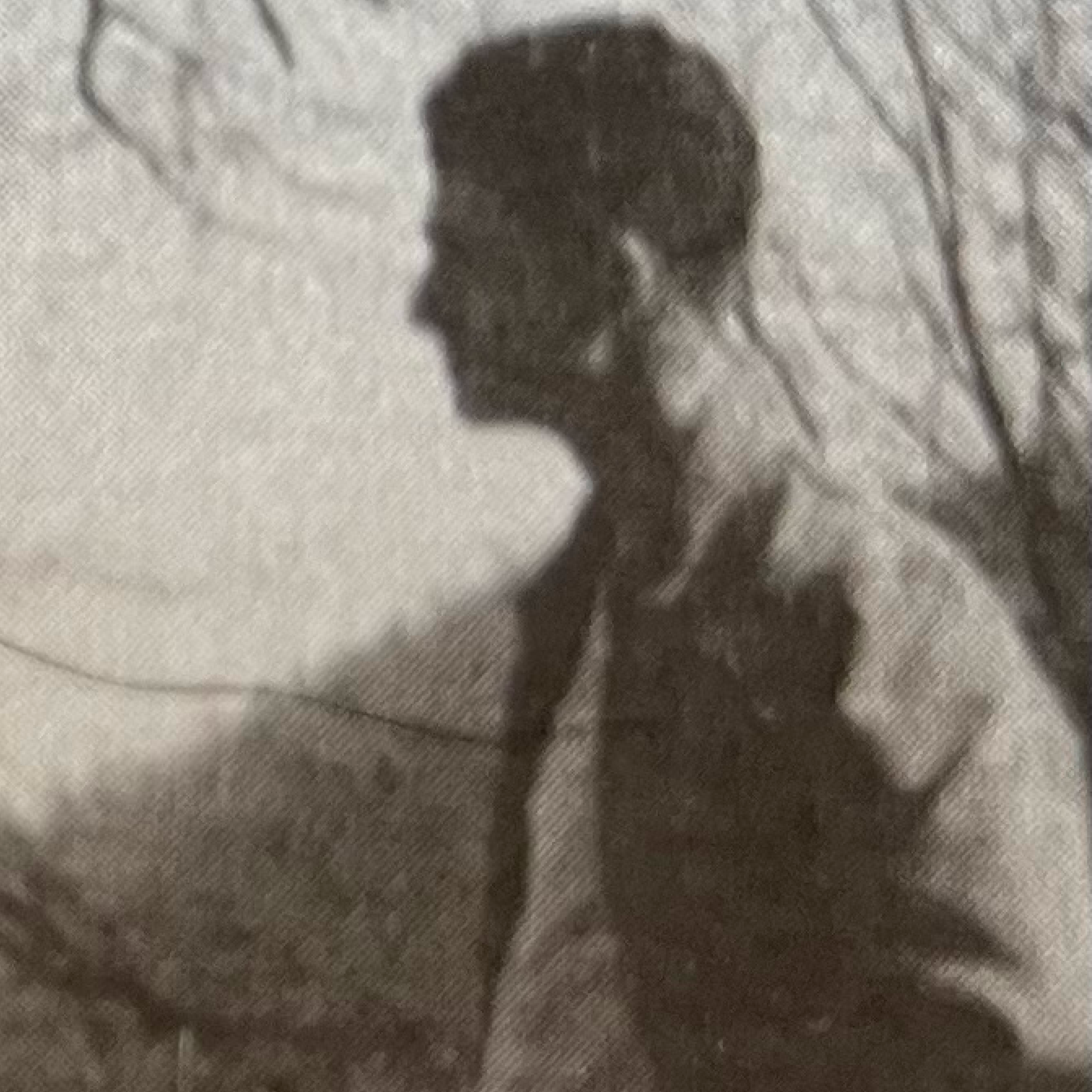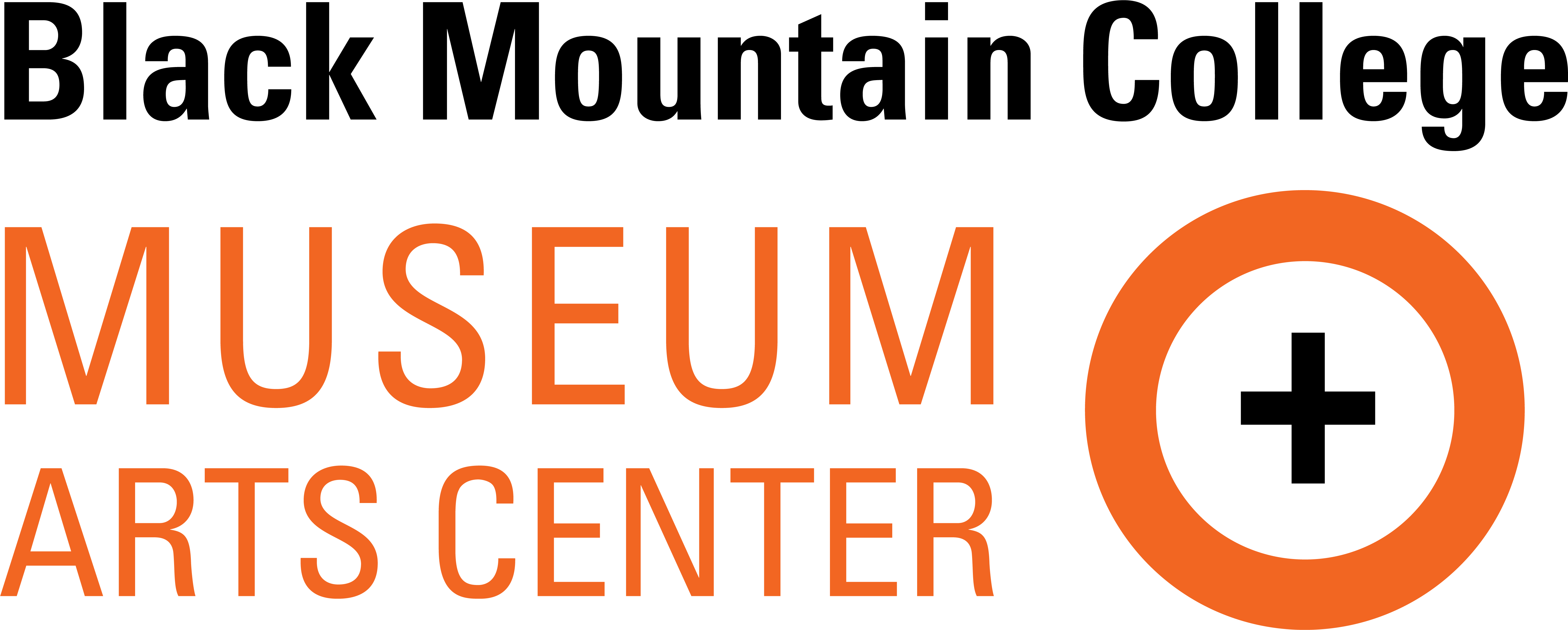Gregory Masurovsky

Crop of Black Mountain College students near Old Fort. Photograph by Ilya Bolotowsky.
Gregory Masurovsky Three works, 1969.
FOCUS
Art/ Design/ Craft
ROLE
Student
ATTENDANCE
1946 - 1948
BIRTH
1929-11-26
Bronx, NY
DEATH
2009-07-17
Paris, France
Early Life
Gregory Masurovsky was born in a black neighborhood in the Bronx a month after the beginning of the Great Depression in the United States. He lived there with his family in a building owned by his maternal grandparents until they lost it when tenants, whom they did not evict, could not pay rent.
He recalled that as a small child he thought everyone was black except for his family and the Italian iceman. When the economy improved, the family moved to other parts of the Bronx, as landlords were then offering the first three months rent free to attract tenants. Every three years or so, he found himself in a new school and neighborhood, an uprooting experience which ended with the onset of World War II.
After graduating from P.S. 86 in the Bronx, he was accepted at the High School of Music & Art where his older brother, Disraeli, a gifted young artist, had been a student. It was he who had told Gregory about Black Mountain College as he had thought to go there himself.
It was a dream that ended with Disraeli’s sudden death at the age of twenty, a tragedy that deeply affected the family and especially Gregory who had relied on his support and guidance.
At Black Mountain College
After studying briefly at the Art Students League and Parsons School of Design, Gregory applied for admission to Black Mountain College in the fall of 1946. At the time the college was experiencing a post-war boom, and Gregory, only seventeen, found himself among G.I.s who were not only older, but who had been marked by their war experiences.
He was accepted as a "kid brother" and became close friends with Knute Stiles, Stanley Hebel, Gus Falk, and Leo Krikorian, who were older, as well as with Dick Negro and Jerry Levy, students his own age. When Gregory arrived, Josef Albers was on a sabbatical so he enrolled in Ilya Bolotowsky's art classes.
He appreciated the fact that Bolotowsky, a neoplasticist in the Mondrian tradition, did not impose any particular theory of art, but rather encouraged the students to work in many styles so as to discover their own vision: "He made us aware of what was going on in an image, We were learning a visual language."
Both Bolotowsky and Will Barnet, with whom he later studied at the Art Students League, combined informality with rigor in their teaching and criticism. When Albers returned, Gregory sat in on a few of his classes but found he disliked his more authoritarian approach and did not continue. He joined the carpentry crew – learning "on the job" –, took psychodrama with John Wallen, and studied economics with Karl Niebyl. In M.C. Richards’s poetry class, which he especially enjoyed, he discovered e.e. cummings, T.S. Eliot and many others through recordings, readings and discussions of the broader cultural contexts in which the poems were written.
Gregory left Black Mountain at the end of the 1948 spring semester when Bolotowsky left.
War Years
He joined the army and after his discharge returned to New York where he became class monitor in Will Barnet's graphics class and further developed his techniques in lithography and etching. He was recalled in the army during the Korean War and as a medic stationed in Fort Lewis, Washington took care of the wounded.
Upon discharge, he went to live with his mother in Sarasota, Florida, He found work with the Ringling Bros. Circus making props and floats for the grand opening in Madison Square Garden. He then returned to New York to become, once again, the class monitor for Will Barnet, having learned that it was in the graphic arts his strengths lay.
He recalled that Shirley Goldfarb, who had been promised the class monitor position and whom he was later to marry, "was mad as a hatter" on their first stormy meeting: "It was a passionate beginning". They decided that they really liked each other and in 1953 were married in City Hall, New York.
Paris
A year later, May 1954, the Masurovskys decided on a whim to use their meager savings for a visit to Paris. Their first night was spent talking to other artists in the cafes of Montparnasse. Early morning, they walked through the Luxembourg Gardens and knew that Paris would become their home.
Using his remaining G.I. Bill, Gregory took classes at the Sorbonne to learn French, and the Masurovskys settled into a small studio on the rue Liancourt. Their son, Marc Jean, was born in the American Hospital in 1956. Gregory developed a personal drawing technique using a vocabulary of line and small marks to reveal forms, as opposed to line as contour and shading. In 1956, he was introduced to the French writer, Michel Butor, with whom he was later to collaborate on a series of books and print/manuscripts, exploring the encounter of texts and images.
In 2004, the Museum of Pontoise exhibited a retrospective of their forty years of collaborated works, accompanied by a catalogue raisonné, "La Plume et le Crayon."
In 1995, Gregory enrolled in a typography class where he learned to handset lead type. He began printing a collection of books of his writings and those of others under the logo "Editions Liancourt". He had edited the journals of his wife, who had died in 1980, in French translation, published as "Carnets–Montparnasse 1971-1980".
Gregory has taught drawing at the Minneapolis College of Art & Design in1966-1967 and at the American Center in Paris from 1980-1987, as well as other art schools in Europe. He was artist-in-residence at the Tamarind Lithography Workshop in Los Angeles in 1969. He has also made several short films on his art. Gregory currently lives in Paris with his companion, Antide C, de Labriolle, a portrait and landscape painter.
Biography written by Mary Emma Harris for the Black Mountain College Project.
There is a wonderful Dossier publication about Masurovsky by the Black Mountain College Museum and Art Center. It features interviews with the artist and a deep dive into his work.
Asheville Art Museum Collection
Writings about Gregory can be seen in digitized college bulletins on Asheville Art Museum's collection website: collection.ashevilleart.org. They can be found by searching these accession numbers:
Artwork, 2012.26.014 Painting man playing instrument, Gregory Masurovsky
2017.40.039 March 1947 bulletin,
"New Students, Spring Semester Janet Heling, Lindenhurst, L.I., former student returned for spring and summer sessions to study weaving; Luther Jackson transferred from Virginia State College; Louis Selders and Louise Cole, from LeMoyne College; Paul Kutsche, from Harvard. Miriam Sihvonen, Voluntown, Connecticut, is our one GI girl (yes, sister of Oli). Arthur Penn, New York, is BMC’s impromptu drama coach. Others from New York are Mirande Geissbuhler, Gregory Masurovsky, and Alex Parker, who claims Paris as his native city. Rod and Marie Mulholland, Los Angeles, live at nearby Patton’s since they came too late to get campus rooming space. Richard Negro is from Fair Lawn, N.J. Dolores Fullman, from Chicago."
Black Mountain College Project
Mary Emma Harris interviewed Gregory in 2001 and the transcript is available from Appalachian State University under The Mary Emma Harris and Black Mountain College Project, Inc. Oral History collection.
Topics: Hearing about BMC and death of brother – Family background – as younger student among GIs – Ilya Bolotowsky as teacher and personality in community – BMC art students – Leo Krikorian – influence of BMC on deciding to be artist – woodworking with Molly Gregory – M.C. Richards classes – work program – auditioning Cage and Cunningham – service in Korean War – post-BMC study and professional work – marriage and move to Paris



